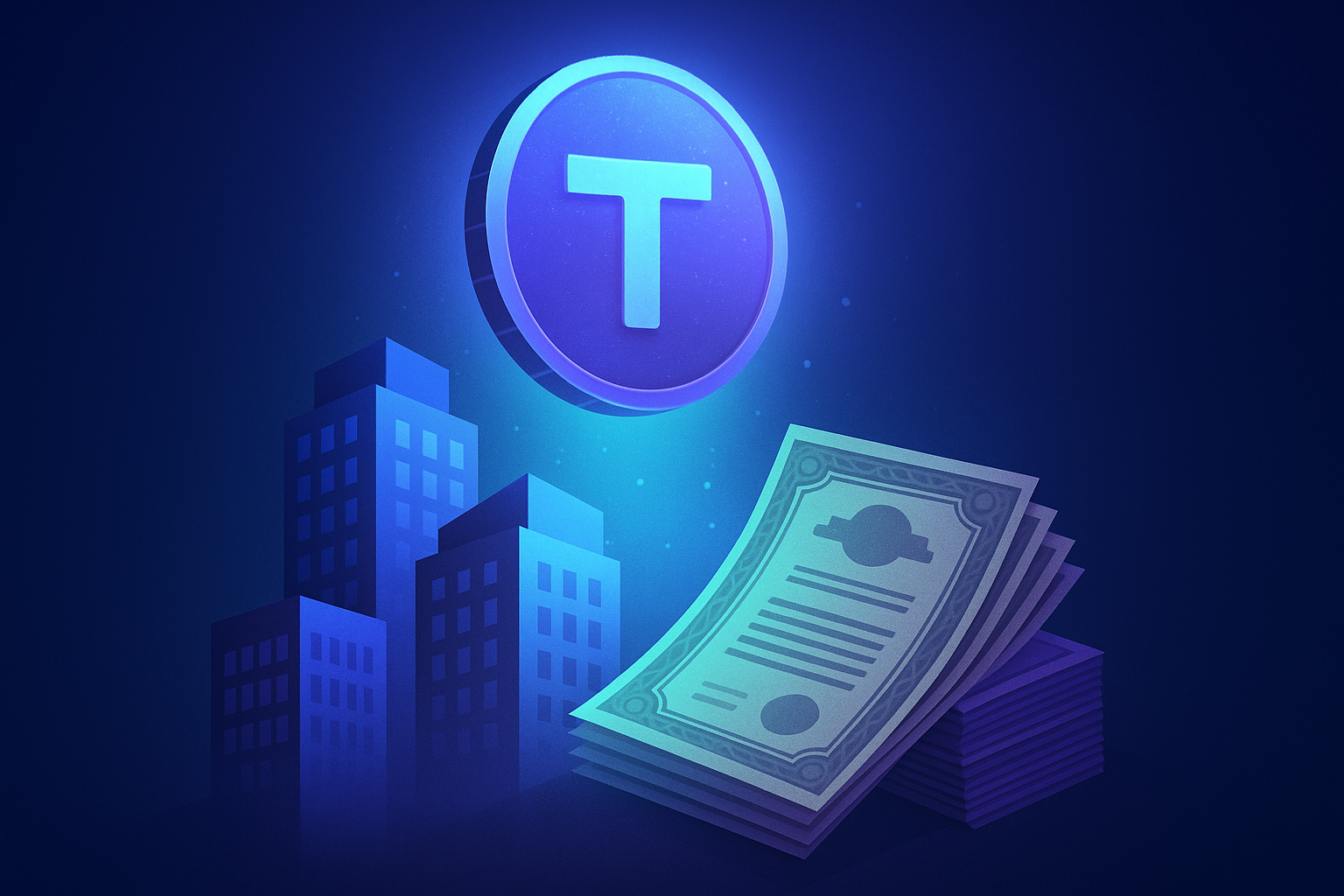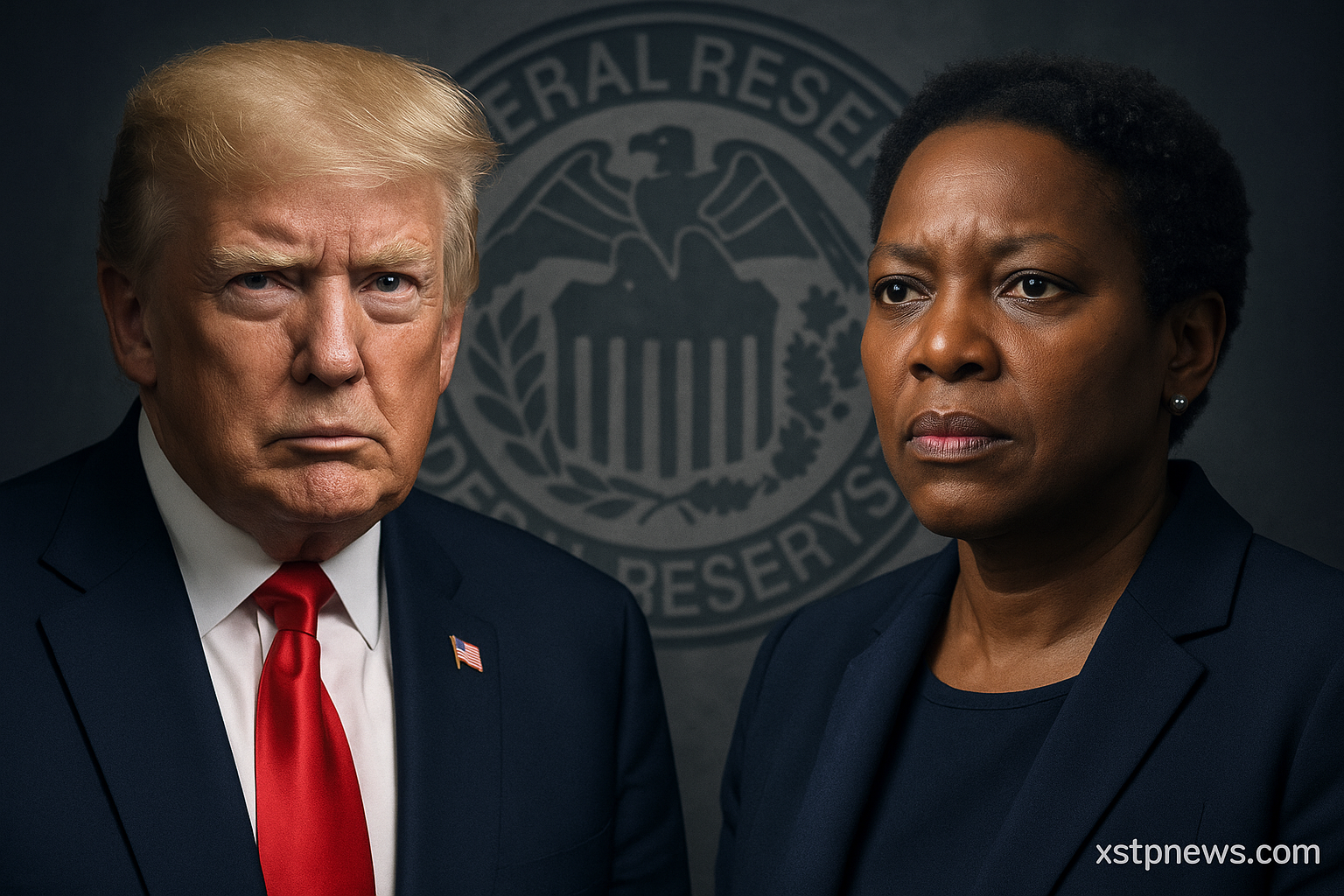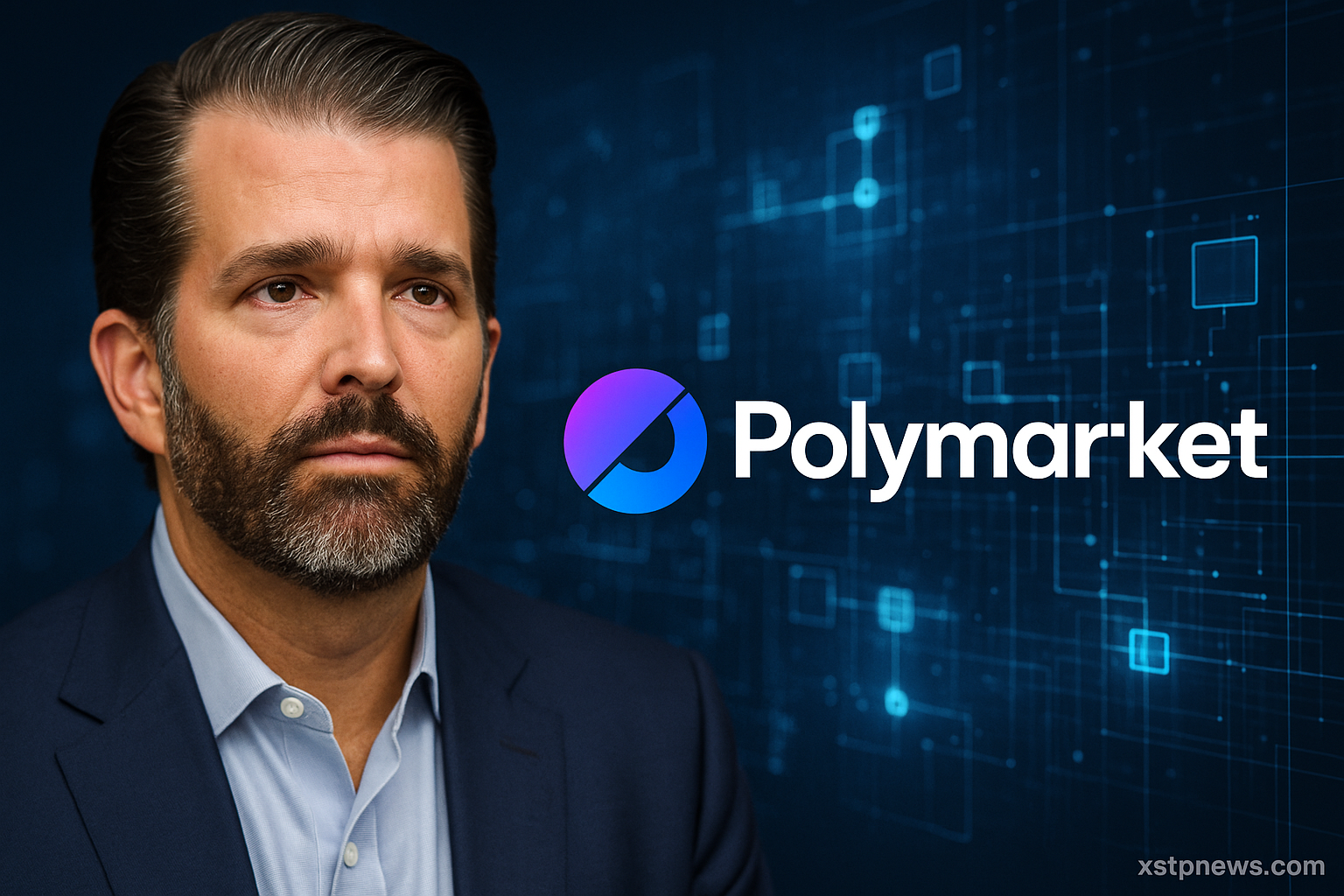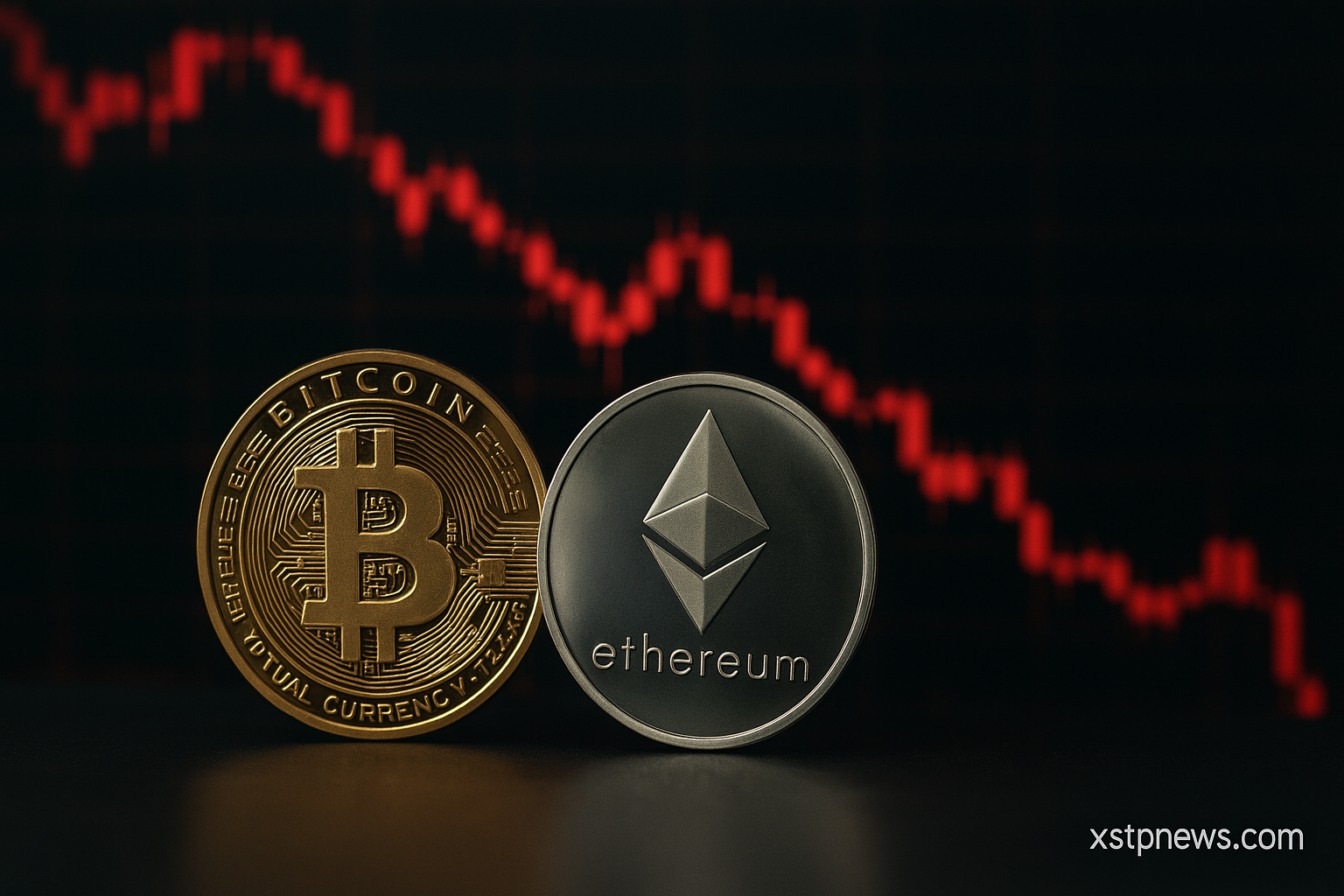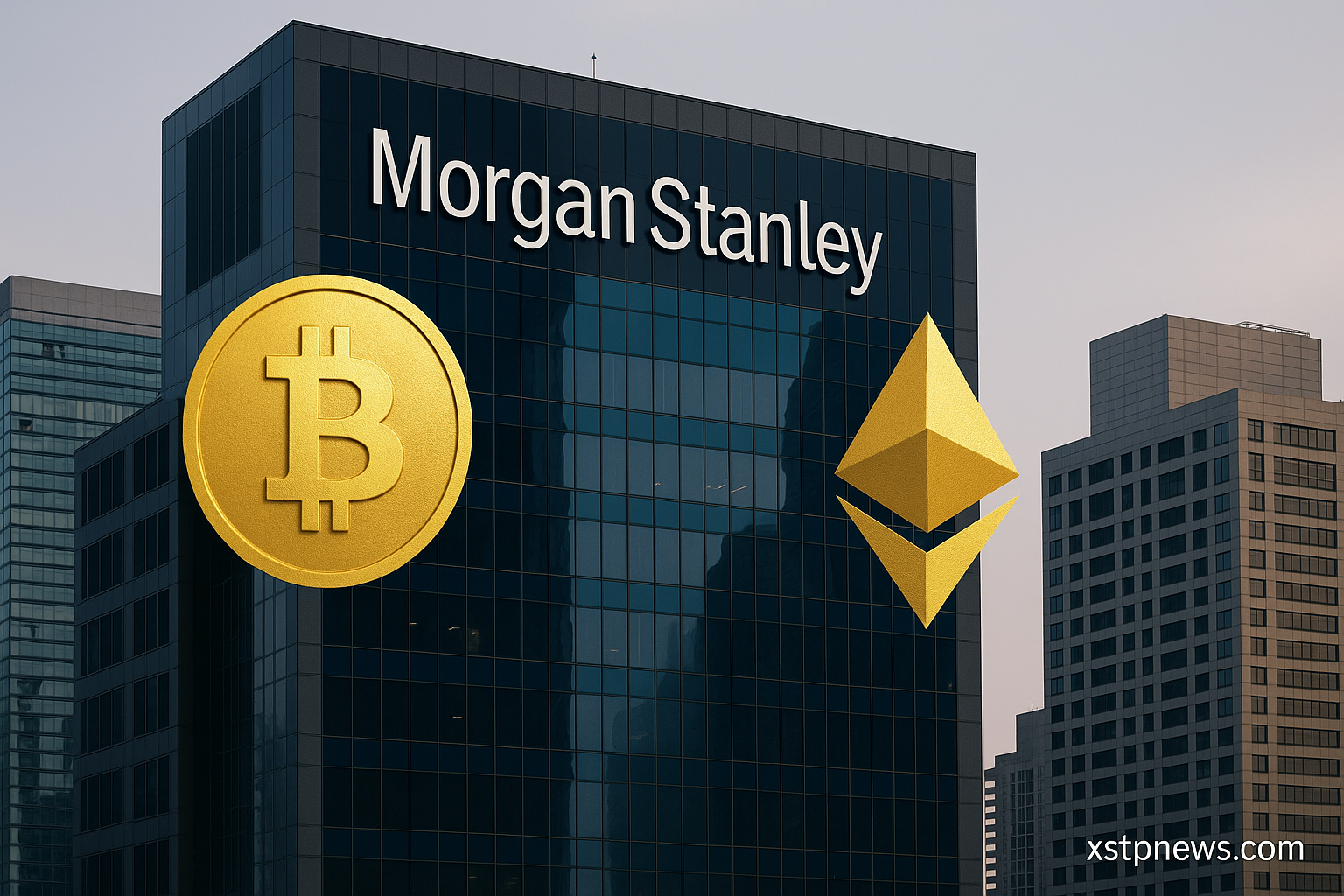Real-world asset (RWA) tokenization has accelerated sharply, reaching $65 billion in total value locked (TVL) in early Q3 2025. This marks an 800% jump since 2023, propelled by institutional adoption of tokenized treasuries, real estate, private credit and commodities. Banks, asset managers and specialized DeFi platforms are all leaning into blockchain-based representations of traditional assets.
Institutions take the lead in tokenized markets
More than 60% of current RWA TVL is held by institutional players, including JPMorgan’s on-chain treasury platforms, BlackRock’s blockchain-linked credit funds, and Ondo Finance’s robust U.S. Treasury token program. Meanwhile, RealT continues to expand tokenized rental income products, with investors ranging from private wealth managers to global family offices.
This momentum highlights how tokenization is moving beyond experimental pilots into live, revenue-generating structures increasingly viewed as mainstream portfolio allocations.
Diverse sectors but fragmented standards
Tokenized U.S. government bonds remain the largest slice of the RWA pie, followed by private credit structures and real estate. Regional platforms also play pivotal roles: AntChain leads Asia’s on-chain commercial paper, while Mavryk’s deployments on the XRP ledger push Latin American property deals into blockchain rails.
Still, this diversity brings fragmentation. Regulatory frameworks vary wildly from Hong Kong’s supportive sandbox to more cautious stances by the U.S. SEC complicating global scaling. Technical concerns linger as well, with smart contract exploits in past DeFi-linked RWA protocols underscoring risks.
The trillion-dollar question for finance
Market strategists project that RWA tokenization could scale to multi-trillion dollar markets by 2030, unlocking efficiencies in settlement and enabling fractional ownership at a scale traditional systems struggle to match. But the path forward hinges on regulatory harmonization, rock-solid custody and pricing mechanisms that satisfy both auditors and investors.
Whether this evolution cements tokenized assets as a permanent fixture in global finance or stalls under compliance and liquidity pressures remains the next big story for capital markets.

